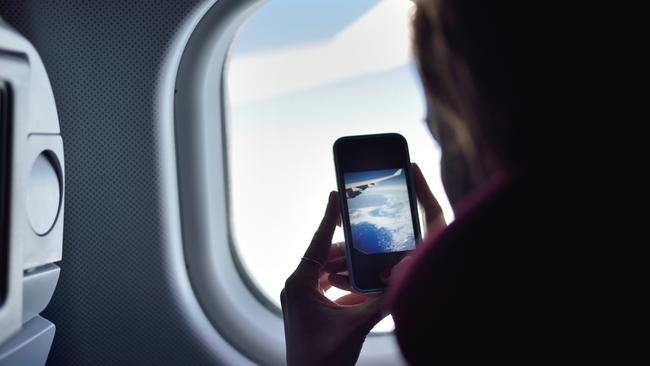Batteries in phones and laptops a threat to safety
Lithium batteries present a problem that continues to confound and confuse the aviation industry.

The primary duty of cabin crew is passenger safety.
Pilots and cabin crew undergo dangerous goods awareness training every two years with a slightly different emphasis for each.
The pilots essentially need to know how to handle any in-flight emergency or incident by referring to the International Air Transport Association (IATA) Emergency Response Guide which is carried in the flight deck. It details required actions and hazards to contain the situation. Anything unusual that is carried on the aircraft is advised to the captain by a NOTOC (notices to captain).
I queried to the dispatcher once on a Boeing 777 flight from Dubai to Jeddah what was the 917kg labelled “special pharmaceuticals” on the NOTOC. The reply was “Viagra” which obviously would not pose an in-flight risk.
However, the crew need to be aware and especially the cabin crew with any problems around what passengers may have in their carry-on baggage. Such prohibited items as fireworks, aerosols with a flammable gas propellant, liquids over 100ml and so on should have been picked up by security screening prior to boarding.
The biggest problem is now PEDs (personal electronic devices) containing an element of lithium, which Australia produces and exports more of than any other country in the world.
Lithium metal non-rechargeable batteries and lithium-ion rechargeable batteries present a problem that continues to confound and confuse the aviation industry. Faulty, damaged, or counterfeit batteries of which millions are produced in factories in China are the problem as they do not undergo proper rigorous quality control testing.
Certain types of the MacBook Pro laptop are presently in the “faulty” category and banned in checked baggage which is inaccessible in flight. The cargo-hold, fire suppression systems on Boeing and Airbus will not contain a lithium battery fire from a thermal runaway.
A carry-on baggage lithium battery fire can be attacked and controlled by well trained cabin crew. It is important that any passenger dropping their smartphone does not move their seat but immediately refers the problem to a flight attendant. Moving the seat may damage the phone and cause a short in a cell, leading to a thermal runaway and fire which spreads to adjacent cells.
The head of the largest flight attendant union in the US has asked the Federal Aviation Administration to ban e-cigarettes from aircraft as the lithium-ion batteries are a fire hazard as well.
There have been over 200 reported instances of e-cigarettes fire and explosion. E-cigarettes uses heat to convert liquid nicotine to an aerosol which is then inhaled by the user.
Fire in the air is the worst hazard so any passenger having doubts about what they are proposing to carry on an aircraft should go to the Civil Aviation Safety Authority website for guidance in great detail.
Byron Bailey is a former RAAF fighter jet pilot and flew B777s as an airline captain.



To join the conversation, please log in. Don't have an account? Register
Join the conversation, you are commenting as Logout